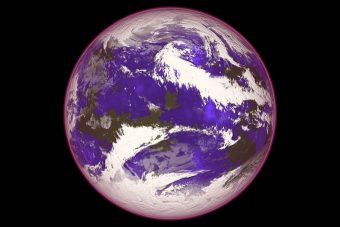
Here’s a rare piece of good news about the environment: The giant hole in the Earth’s protective ozone layer is shrinking and has its smallest peak since 1988, NASA scientists said.
The largest the hole became this year was about 7.6 million square miles wide (19.7m square kilometres wide), about two and a half times the size of the United States, in September. But it was still 1.3 million square miles (3.4m square kilometres) smaller than last year, scientists said, and has shrunk more since September.
The news comes just after the 30th anniversary of the hole’s discovery, which led to the 1987 Montreal Protocol — a landmark international agreement that led to major global efforts to phase out the use of ozone-depleting chemicals.
Deterioration of the ozone layer was mainly taking place over Antarctica, and became a particular cause for concern for those living in the southern hemisphere. Ozone, a colourless gas, protects the Earth from harmful ultraviolet radiation, which could cause higher rates of skin cancer and cataracts disease, as well as disrupt plant growth.
Scientists predict the ozone layer won’t return to its 1980s form until about 2070. The ozone hole was largest in 2000, when it was 11.5 million square miles wide (29.8 million square kilometres wide), according to NASA.
Source: Science alert

